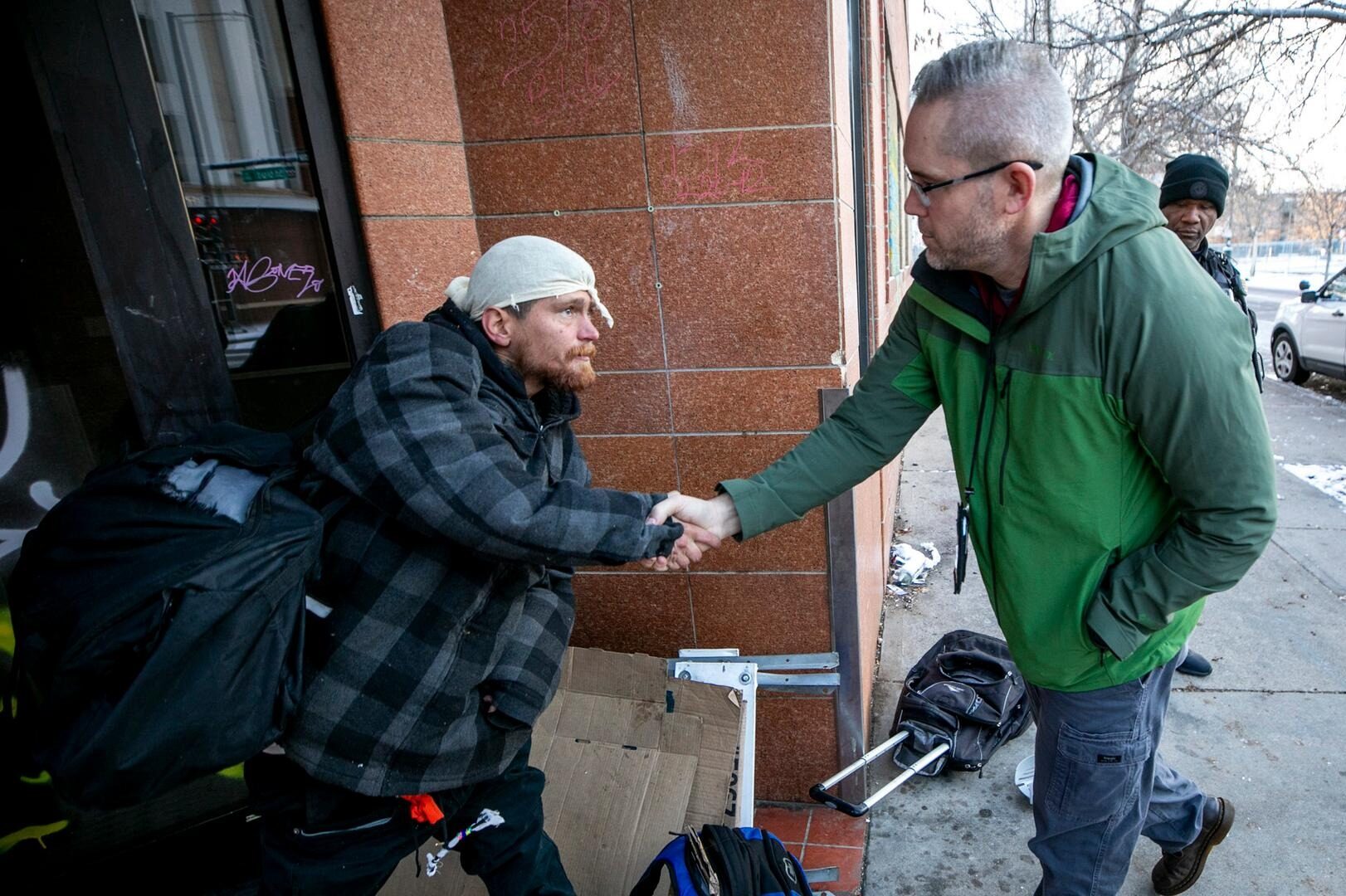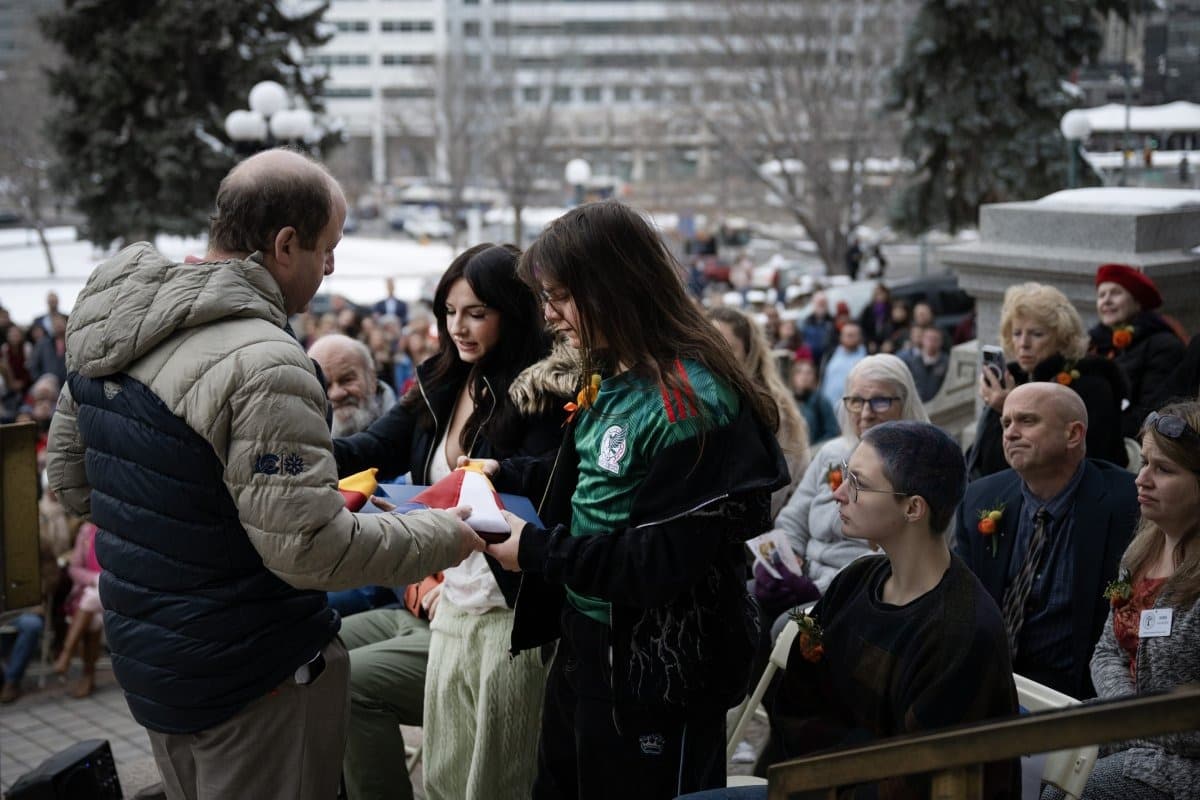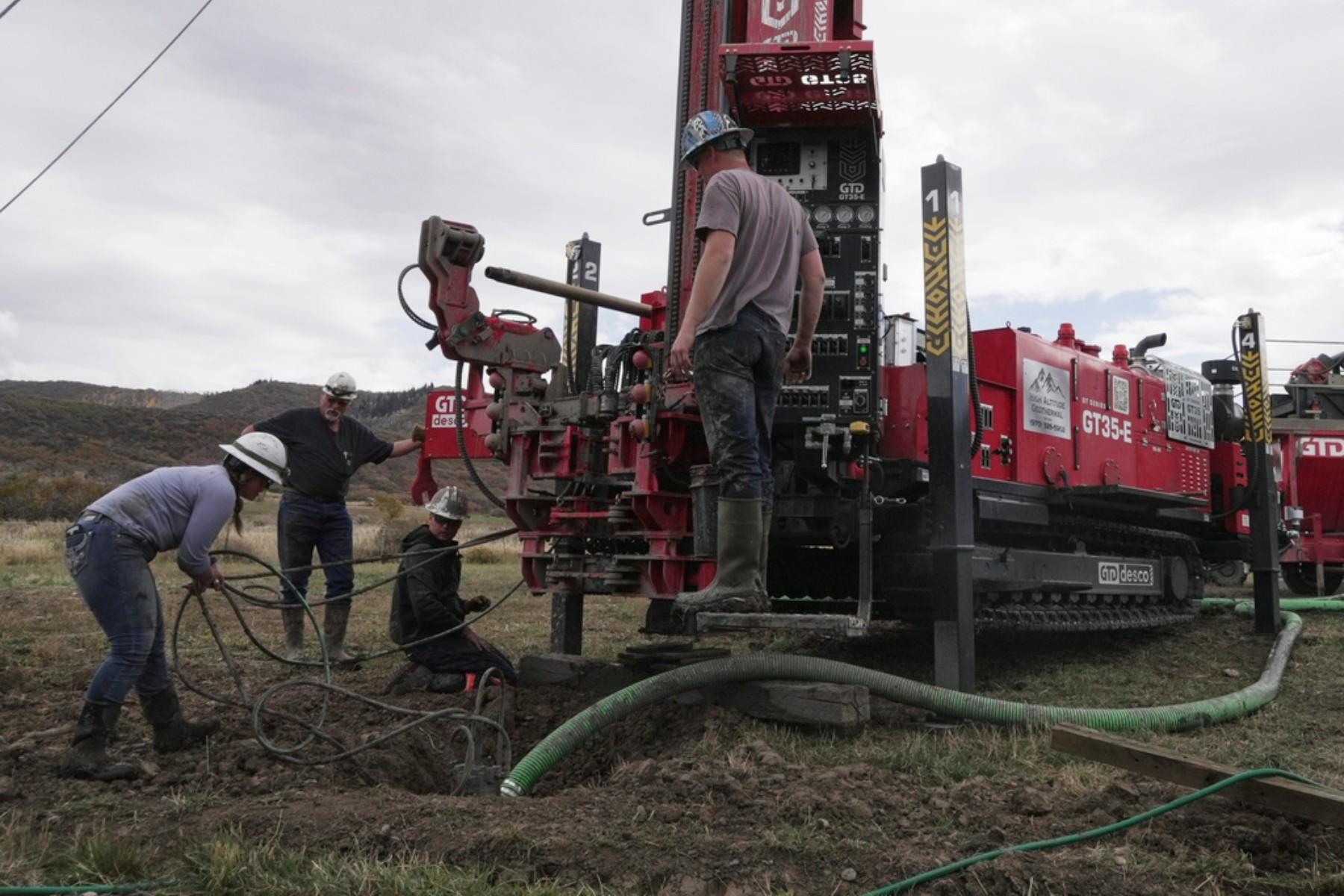
On a freezing morning in December, a pair of Denver Police Department officers and a social worker approached two people hunkered down on a Five Points sidewalk.
“Are you guys connected with services?” asked Allison Parker, the social worker. “Are you guys interested in getting off the street?”
It’s a question that city employees have been asking everyone they encounter outside — and, in one sense, it has been working. Mayor Mike Johnston’s administration has moved over 2,000 people into shelters or housing since he was elected in 2023.
But thousands more remain in homelessness, and many face severe challenges with mental health, drug addiction and vicious cycles of poverty, according to city officials.
Now, Johnston is steering outreach workers like Parker into new strategies to get the next 2,000 people inside.
The first year of Johnston’s program used a “housing first” strategy. But a newer initiative — named Roads to Recovery — is focused on addiction and mental health treatment. It’s aimed at a group of people that some have dismissed as “service resistant,” or unwilling to accept help.









